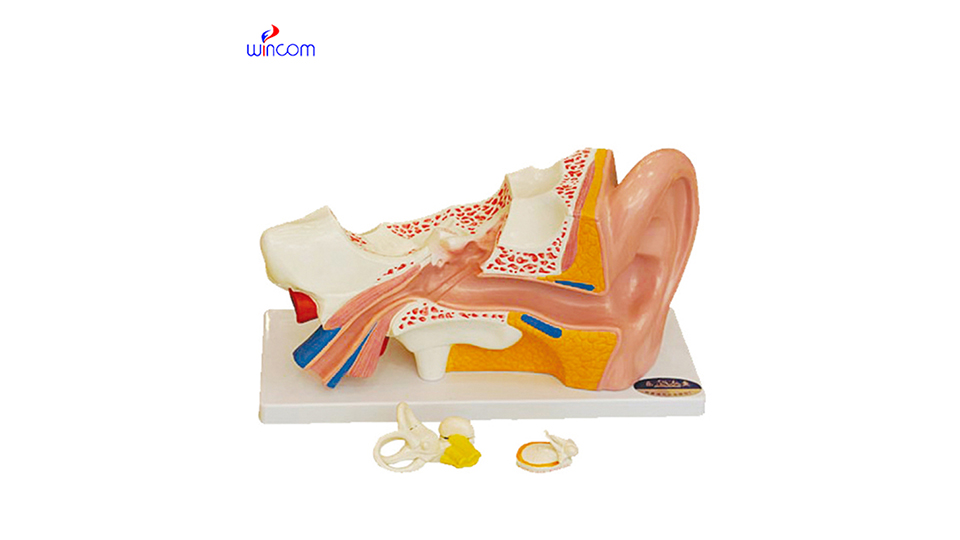With the advancement of science and technology and the development of digital technology, medical three-dimensional models have been widely used in education, research and clinical practice. With its intuitive, vivid and realistic characteristics, three-dimensional models provide new teaching methods for medical education and are of great significance for improving medical students ‘understanding and practical skills.

一、Definition and characteristics of medical three-dimensional models
Medical three-dimensional model refers to the process of transforming medical image data into three-dimensional models through computer technology and three-dimensional modeling software. These models can simulate the morphological structure of various tissues and organs of the human body, and have a high sense of reality and three-dimensional effect. The characteristics of medical three-dimensional models include accuracy, visualization, interactivity and editability, which can help students understand the human structure more intuitively and improve their spatial imagination.
二、 Application of medical three-dimensional models in medical education
1. Anatomy education: Medical three-dimensional models play an important role in anatomical education. Traditional anatomy teaching mainly relies on textbooks and solid specimens, while three-dimensional models can be rotated, zoomed, and cut to allow students to observe the human structure from different angles and deepen their understanding of anatomy knowledge. The three-dimensional model can also simulate the surgical process, helping students familiarize themselves with surgical operations and improving spatial positioning capabilities.
2. Pathology education: In pathology education, medical three-dimensional models can be used to show the pathological changes and development of diseases. Through the three-dimensional model, students can more intuitively understand the morphological characteristics and pathological process of the disease, which helps to understand the pathogenesis and diagnostic methods of the disease.
3. Medical imaging education: Medical imaging technology is an important branch of the medical field, and medical three-dimensional models play an important role in medical imaging education. Through three-dimensional models, students can have a clearer understanding of the principles and methods of medical imaging and improve the accuracy of image diagnosis.
三、The value and prospects of medical three-dimensional models
The application of medical three-dimensional models in medical education not only improves the quality and efficiency of teaching, but also stimulates students ‘interest and enthusiasm in learning. With the continuous development of digital technology and virtual reality technology, medical three-dimensional models will become more realistic, refined and diversified, bringing broader prospects to medical education.
四、 Conclusion
Medical three-dimensional models have important application value and broad development prospects in medical education. With the continuous advancement and popularization of technology, medical three-dimensional models will become an indispensable part of medical education, providing strong support for cultivating high-quality medical talents. We should also see that there are still some challenges and problems in the application of medical three-dimensional models, such as data acquisition and processing, model accuracy and stability, etc., which require further research and solutions. It is believed that in the near future, medical three-dimensional models will play a more important role in medical education and make greater contributions to the progress and development of the medical industry.
